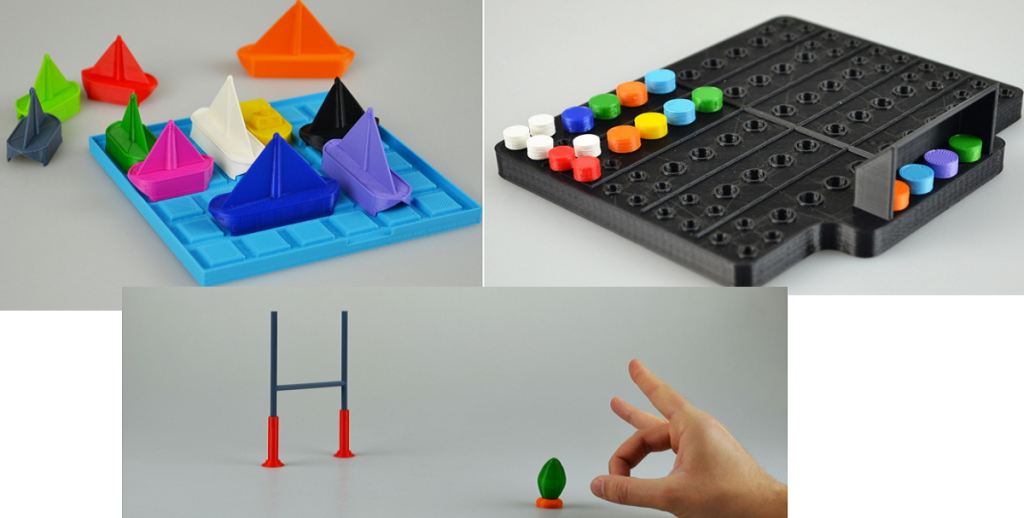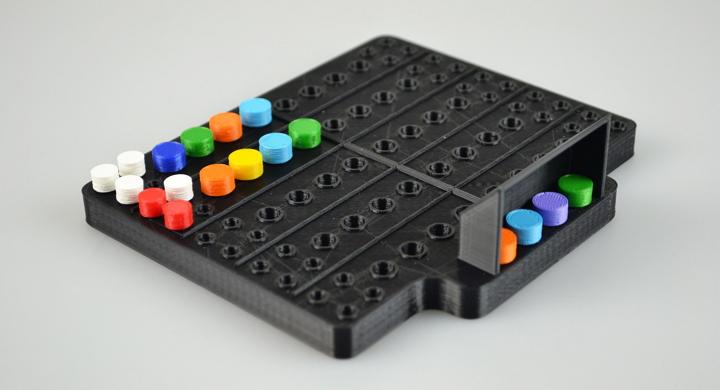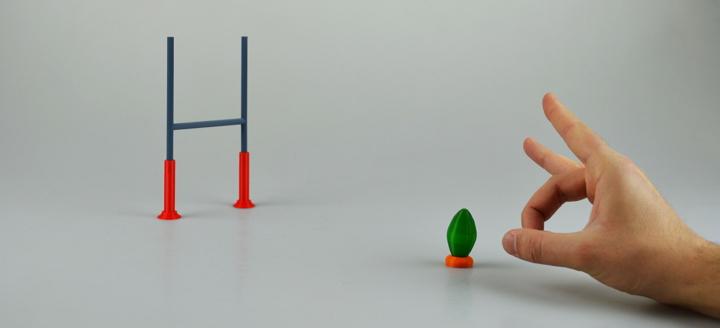Simone Fontana is a 22-year-old Italian who’s been involved in 3D printing for about the last year, and he also has a very active YouTube channel. He’s well-known in the Italian maker community, and after building his own RepRap Prusa i3, he’s now gone on to buy an Ultimaker 2.
He says that once he learned how the machines work, it was then time to hook up with the MyMiniFactory Academy and move to London to hone his 3D printing and design skills.
Things went well. Very well. Fontana improved his skills at such a pace that when the course in 3D modeling ended earlier this month, he was given the opportunity to start working at MyMiniFactory. One of his first projects was to design a 3D printable board game, and that led to the creation of the Rush Hour Puzzle.
“I started creating a table top based game, and after creating the first version which wasn’t very good, I chatted with some friends and decided to experiment with the Rush Hour Puzzle as we thought it would make a lot of sense for 3D printing,” Fontana told 3DPrint.com. “Normally the game has cars, but I decided to go with boats to make it a bit different.”
According to Fontana, it’s a very popular game which he’s played on his iPhone, and as he loves puzzle games, he thought it was a good choice to translate into a tangible reality.
“You have different level layouts,” he says. “You choose the level and place the ships on the playing grid to match the illustration. Slide the ships in their lanes – up and down or left and right – until the path is clear for the yellow ship to escape. The ships can only slide forward and backward, not sideways.”
The print of the game requires a grid, a yellow ship, nine small ships and four large ships, and they should all be printed in different colors to, at least according to Fontana, “make it look more funky.”
He says outputting the entire game should take approximately 175-187 minutes, and all the ship models have been optimized to print support free. He adds that the game pieces should be printed at a 0.2 mm layer height with a 10% infill, and that the entire game should require 33 grams of filament to complete.
“I started by looking at versions of the existing game and thought about how I could personalize the design, as well as make it so it would be support free so it could be easily printed at home,” Fontana says. “I decided to use Rhino 3D to create the 3D parts. I have big plans about this collection of table games as I think they make a lot of sense for 3D printing technology, I’ll upload them all to MyMiniFactory when they’re ready, so stay tuned.”
You can also check out other games Fontana has worked on including Finger Rugby and Mastermind on MyMiniFactory.
Can you see yourself entering the business of 3D printing like Simone Fontana has? Are you already in the business? Let us know in the Simone Fontana Game forum thread on 3DPB.com.
Subscribe to Our Email Newsletter
Stay up-to-date on all the latest news from the 3D printing industry and receive information and offers from third party vendors.
You May Also Like
DyeMansion Debuts Polymer Post-Processing Solutions at Formnext 2024
DyeMansion is shaking up post-processing workflows with three new solutions unveiled at Formnext 2024. Under the motto It Just WorX, the company introduced the Powershot X for blasting and surfacing,...
Nano Dimension Expands Micro-Manufacturing with Exa 250vx 3D Printer
As it continues to push for the acquisitions of Desktop Metal and Markforged, Nano Dimension has introduced a new micro-3D printing system at Formnext. Adding to the Fabrica Tera and...
3D Systems Pushes New Tech and Partnerships at Formnext
As one of the pioneering companies in additive manufacturing (AM), 3D Systems remains a key player to watch at Formnext 2024, where it is showcasing major partnerships, innovative technologies, and...
Formnext Day Three: Rock & Zoll
The biggest news on day three was, of course, the reactions to the band at the exhibitor’s party. The soirée was well attended, with the crowd rocking on until early...







































